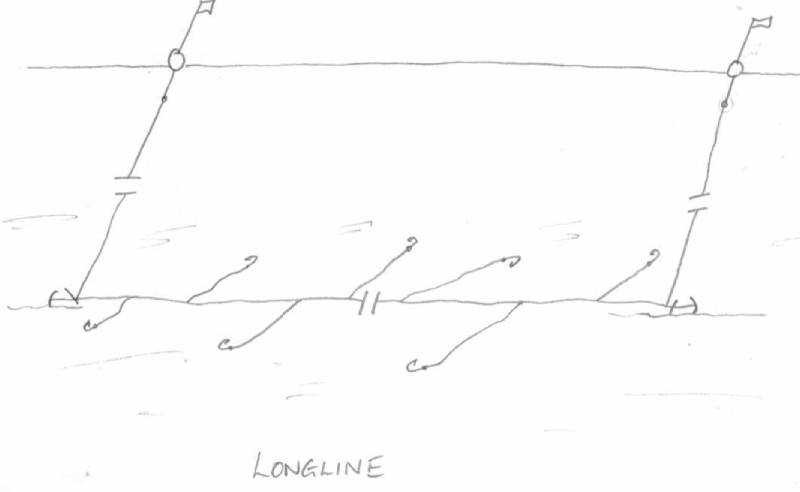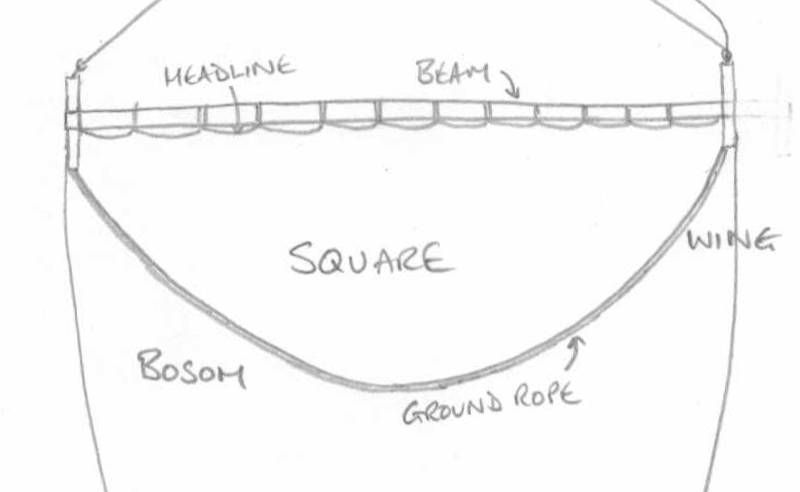Fishing Gear and Methods
In the early 19th century two principle methods of fishing were employed by the deep sea smacks of Barking.
These were handlining and trawling. The same vessels would be used for both methods and they would refit and change method according to season, fish and weather.
Prior to the use of ice, handlining was preferred when further from home as the fish would be brought aboard alive and so could either be transported further in well smacks or be air dried. This advantage was also exploited when the weather was likely to be light or inclement. With a fair wind and near to home, trawled fish could be brought to market quickly and this method produced greater quantities of fish. They could not, however, trawl in light airs, and furthermore in such conditions they could not bring the fish to market speedily and thus the fish soon deteriorated.
Ice was introduced in the mid 1840’s so as to preserve trawled fish longer and the fleeting system made optimum use of the smacks time. These developments made trawling the preferred method of fishing in the Hewett fleet. The trawlers caught predominantly haddocks and flatfish, but not cod, and so lining continued to be practiced for many years (until the 1860’s) particularly in summer on the Iceland and Orkney fisheries. In the 1830’s, as a rule of thumb, the smacks would sail for Orkney in July or August, and would sail for Holland in December.
Longlining may well have been practiced by the Hewett fleet towards the middle of the 19th century, but contemporary reports do not always distinguish between handlining and longlining – not least because writers of the day did not always know the difference.

